In the wild, survival often hinges on unexpected partnerships. One such intriguing connection occurs between crows and wolves. These two species, so different in form and function, share a unique relationship that benefits them both, particularly when it comes to hunting and finding food.
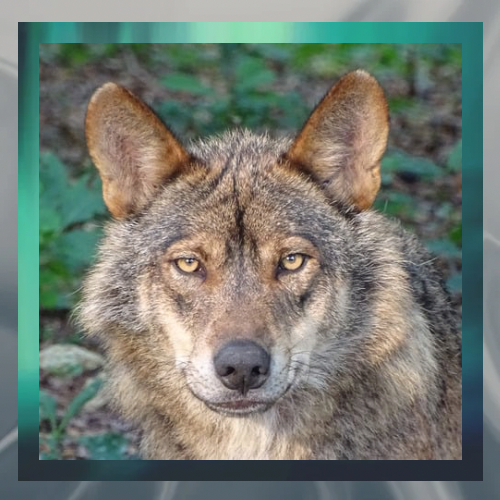
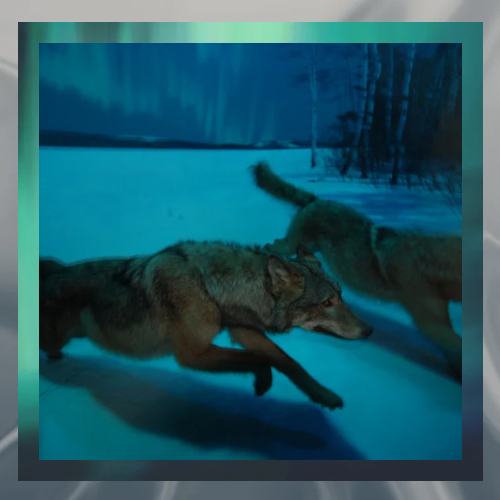
The Unlikely Partnership
Crows, known for their intelligence and keen observation skills, often follow wolf packs as they traverse their territories. These birds use their sharp eyes to spot potential prey, as well as remains left behind by predators. Wolves, in turn, benefit from the presence of crows as they alert the pack to nearby food sources or lead them to opportunities for hunting.
The relationship between these animals is symbiotic. Crows often scavenge from carcasses that wolves leave behind, while wolves may take advantage of the bird’s ability to scout for food. This connection is built on mutual understanding rather than direct communication, relying on shared benefits and a natural alignment of instincts.
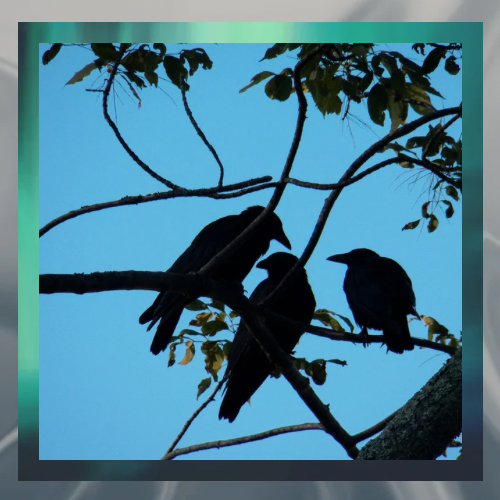
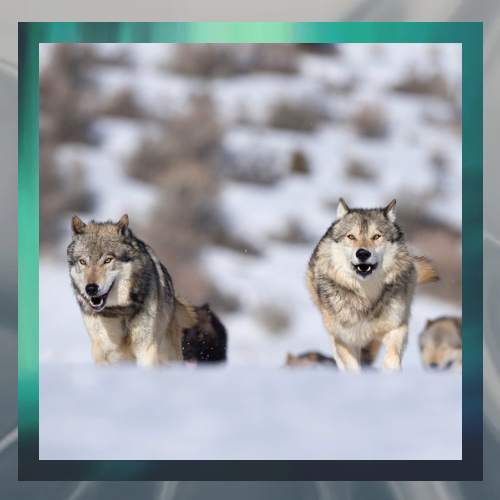
How It Works
Crows are highly mobile, with the ability to cover large areas while flying. They act as airborne scouts, often circling above areas where prey may be hiding or where other predators have made a kill. Their vocalizations, particularly sharp and repeated calls, can draw the attention of wolves to a location worth investigating. In return, wolves create opportunities for crows by taking down large prey that the birds could not handle on their own.
This partnership works especially well in winter, when food is scarce. Snow-covered ground limits smaller scavengers like foxes or coyotes, making the interaction between wolves and crows even more vital. Wolves’ powerful jaws can access meat hidden beneath tough hides or frozen layers, creating an entry point for crows to feed.
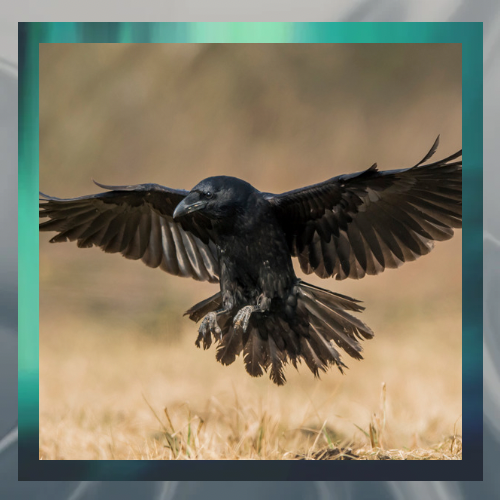
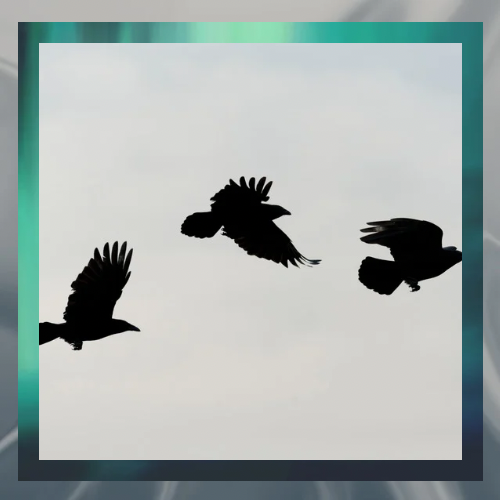
Intelligence at Play
The cooperation between these two species is often seen as a testament to the intelligence of crows and wolves. Crows are renowned for their problem-solving abilities and long memory. They not only recognize individual wolves but seem to understand the predators’ hunting habits. Wolves, known for their social structures and cooperative hunting strategies, are equally skilled at interpreting environmental cues, including signals from other animals like crows.
Fun Facts About Crows and Wolves
Crows recognize faces: Crows can remember individual human faces and even teach other crows about threats or friendly individuals. This ability may extend to recognizing individual wolves within a pack.
Wolves have remarkable endurance: Wolves can travel up to 30 miles in a day while hunting, making them a reliable food source for scavengers like crows.
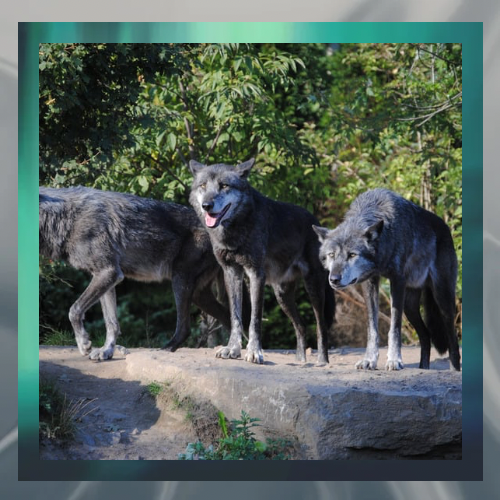
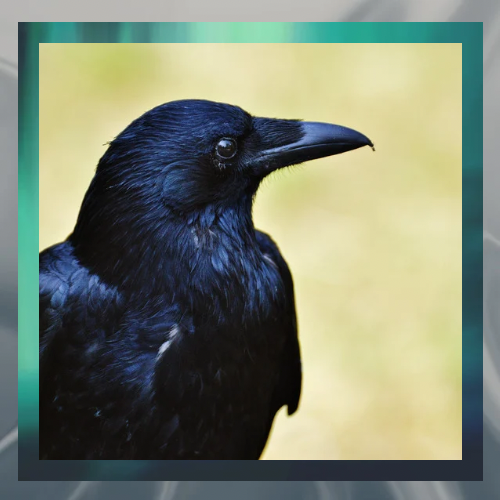
Crows “play” with wolves: Observers have noted crows teasing wolves by tugging on their tails or wings. While this might seem antagonistic, it often strengthens the bond between the species, as wolves tend to tolerate the birds’ antics.
Crows mimic calls: Crows can imitate a wide range of sounds, including wolf howls, possibly as a way to communicate or signal their presence.
Crows are opportunistic feeders: In addition to benefiting from wolf kills, they have been seen using tools to access food, such as dropping nuts onto roads for cars to crack open.
A Broader Look at Nature’s Web
This relationship is not exclusive to crows and wolves. Similar partnerships occur in nature, such as ravens and bears or honeyguide birds and humans. These connections show how different species adapt their behaviors to exploit available opportunities. While the crow-wolf partnership may seem unusual at first glance, it is a natural outcome of their respective skills and survival needs.
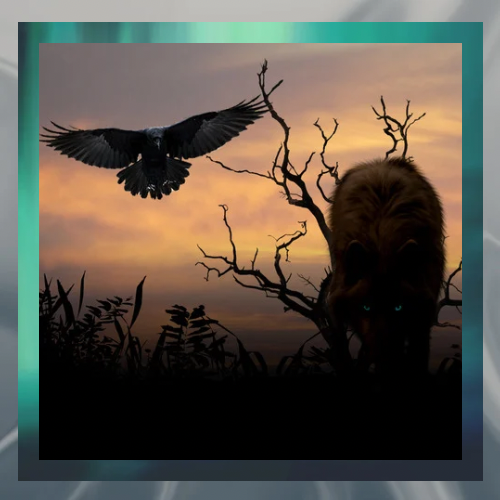
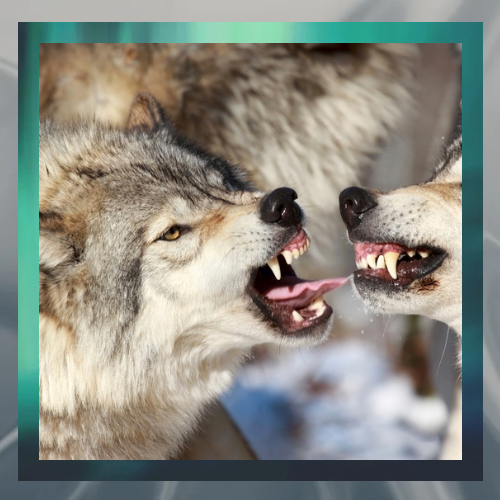
The Role of Scavengers
Scavengers play a critical role in ecosystems by cleaning up carcasses that would otherwise decay. Crows, as scavengers, not only help themselves but also prevent the spread of disease and recycle nutrients back into the environment. Their partnership with wolves highlights how even predation can have cascading effects on the balance of nature.
The Myth of a Crows as Caregivers
The idea that crows take care of wolf pups while the parents hunt is largely a myth rather than a proven fact. While there is evidence of a symbiotic relationship between wolves and crows, the dynamic is more about mutual benefit through resource sharing and social interaction, rather than crows acting as caregivers.
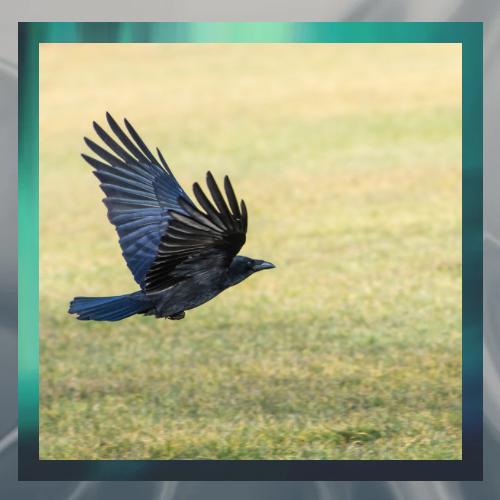
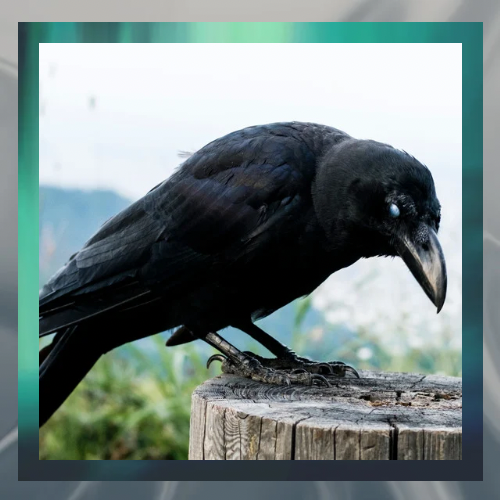
The Symbiotic Relationship Between Wolves and Crows
1. Resource Sharing:
• Crows are scavengers and often follow wolf packs to feed on leftover prey. Wolves, being efficient hunters, leave behind carcasses that crows can easily access.
• This creates a mutualistic relationship: wolves provide food for crows, and crows may help wolves locate prey by signaling carcass locations or the presence of injured animals.
2. Social Interaction:
• Crows are intelligent and playful creatures, and they have been observed interacting with wolf pups. These interactions are more likely to be playful rather than caretaking. Crows may engage in games with pups, such as tug-of-war with sticks or teasing them by swooping down and flying away.
Why the “Caretaker” Idea is Unlikely
• Instinctive Behavior: Crows are not known to exhibit caregiving behavior toward the offspring of other species, especially mammals. Their interactions are more opportunistic and playful, rather than nurturing.
• Parental Roles in Wolves: Wolf packs are highly social, and caregiving for pups is typically a role shared among all members of the pack, including older siblings and subordinate adults. It’s unlikely that wolves would rely on crows for such a critical task.
• Predation Risk: While crows are highly intelligent, leaving wolf pups in their care would pose significant risks. The presence of crows alone would not deter predators that might threaten unattended pups.
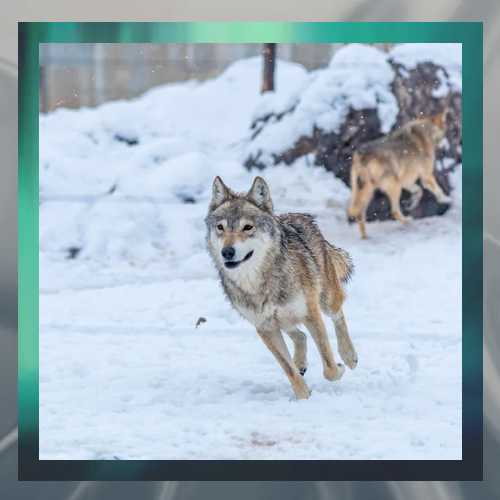
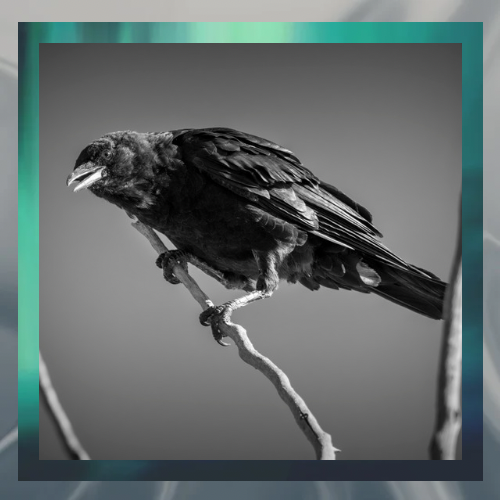
The idea of crows acting as babysitters for wolf pups is an intriguing myth, but it lacks scientific evidence. The real relationship between wolves and crows is based on resource sharing and occasional playful interactions, showcasing the remarkable intelligence and adaptability of both species.
Closing Thoughts
The bond between crows and wolves is a fascinating example of cooperation between species. Though driven by instinct rather than conscious intent, their partnership demonstrates how animals adapt to survive. As both species face challenges from habitat loss and human activity, understanding such interactions provides insight into the resilience of wildlife.
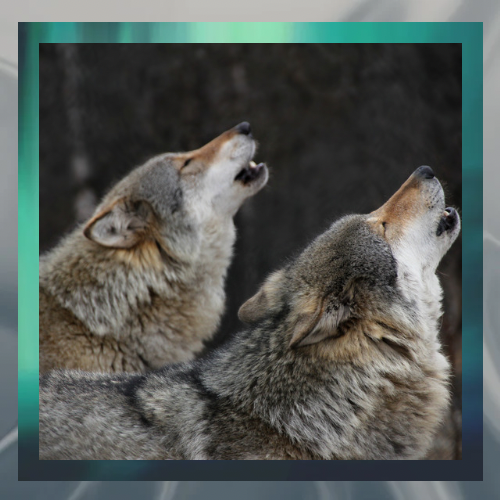
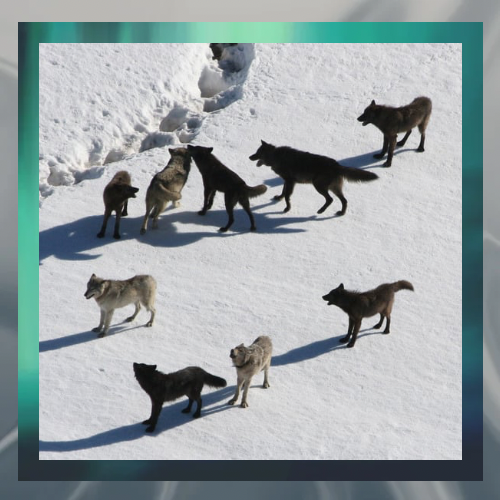
References
• Bernd Heinrich, Mind of the Raven
• Carl Safina, Beyond Words: What Animals Think and Feel
• National Geographic: “Intelligence of Crows”
• Yellowstone National Park Reports on Wolves and Ravens


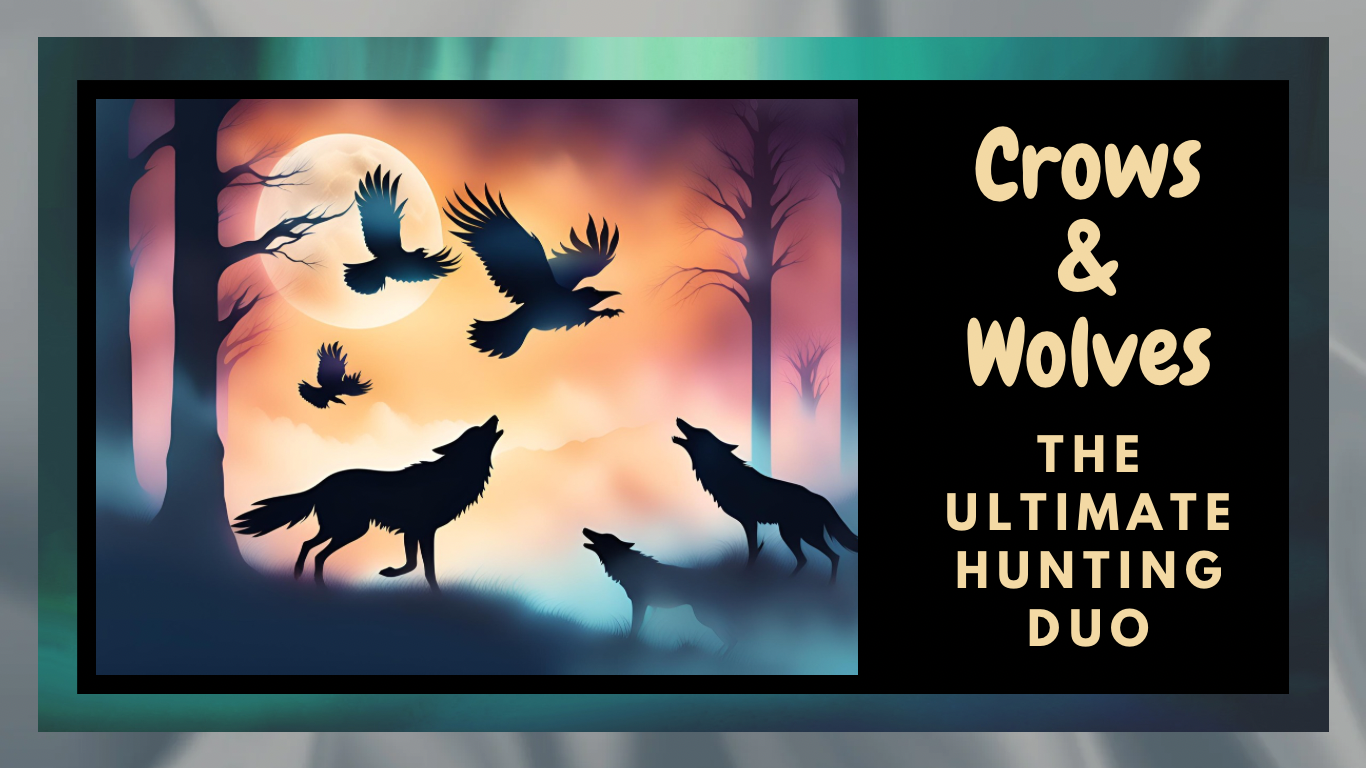


Thank you for every other wonderful post. Where else could anyone get that kind of info in such an ideal approach of writing? I have a presentation subsequent week, and I am on the look for such information.
Thanks for posting. I really enjoyed reading it, especially because it addressed my problem. It helped me a lot and I hope it will help others too.
I really like what you guys tend to be up too. This kind of clever work and reporting! Keep up the amazing works guys I’ve added you guys to my blogroll.
Heya i am for the first time here. I found this board and I to find It truly helpful & it helped me out much. I hope to offer one thing back and help others like you aided me.
That is a very good tip especially to those new to the blogosphere. Short but very accurate information… Many thanks for sharing this one. A must read article!
Thank you for the auspicious writeup. It in fact was a amusement account it. Look advanced to far added agreeable from you! By the way, how could we communicate?